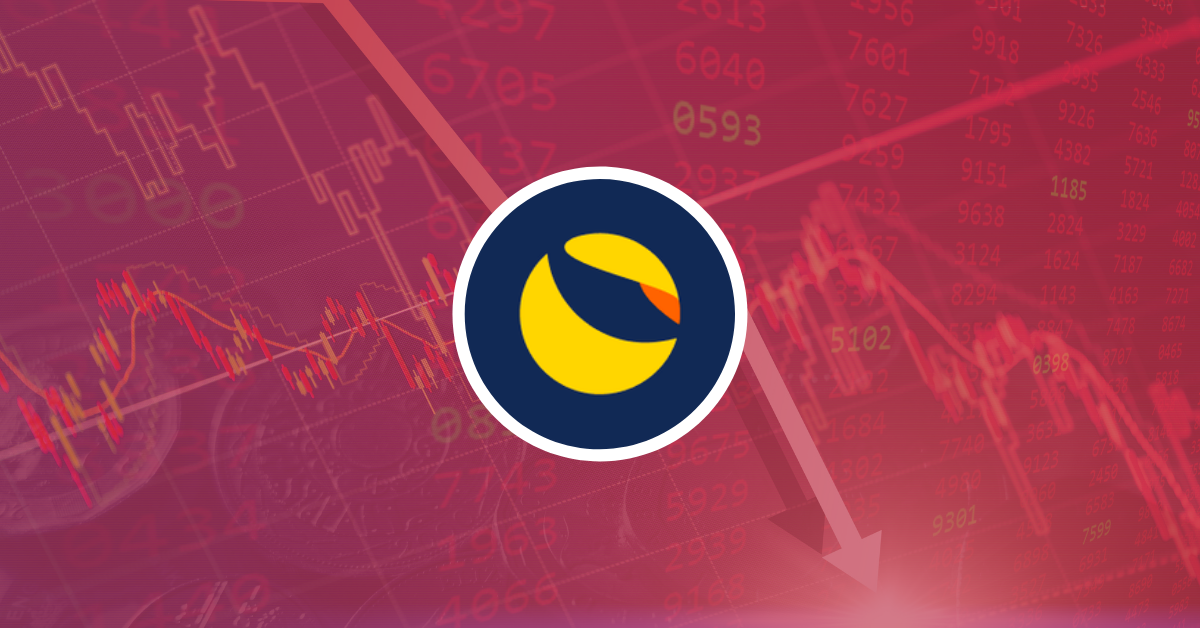Fear, Panic, Frustration. During a sharp price drop in the crypto market, even stablecoins are not spared. This time it hits the Terra ecosystem stablecoin, TerraUSD. This lost its peg to the US dollar, causing anxiety around the world.
Stablecoins like TerraUSD (UST), as the name suggests, are intended to offer stability against the price fluctuations of the crypto market. In the case of TerraUSD, this is done by counteracting fluctuations using algorithms. However, it doesn't always work out: The third-largest stablecoin, TerraUSD, lost its peg to the dollar and even briefly traded at $0.65 instead of $1 on May 10.
Terra is one of the most successful Layer 1 blockchains in recent years. One goal of the proof-of-stake blockchain is to launch stablecoins backed by $LUNA and other cryptocurrencies.
If the demand for a stablecoin increases, the total supply increases. When demand decreases, the quantity in circulation decreases. So one wants to ensure stability through algorithms by creating cryptocurrencies pegged to fiat currencies like the USD, Euro or South Korean Won.
The defense of UST
Now the Luna Foundation Guard had to use their BTC reserves for defense and buy an additional USD 850 million in BTC. On the one hand, UST was defended and, on the other hand, it contributed to the global price drop of the crypto market.
Luna Foundation Guard (LFG) is a non-profit organization that supports the Terra Ecosystem (LUNA). There, on May 9, it decided to lend $1.5 billion in crypto to protect the domestic stablecoin. The organization's council voted for $750 million in Bitcoin and $750 million in TerraUSD (UST).
But that wasn't enough. As the price tumbled over the past few days, the not-so-stable currency shed over 40% of its peg to the US dollar, briefly trading at $0.65. It was decided to raise additional reserves for protection and thus, unintentionally, to contribute to the price crash.
The price has already recovered overnight. At the time of writing, UST is trading at $0.92. Once again, it becomes clear that fear, panic and uncertainty are good signs of an imminent price increase. It is unclear whether Luna and UST will continue to recover quickly. What is clear, however, is that the events of the past few days leave open some questions regarding the decentralization of the protocol.
Disclaimer
All information contained on our website has been researched to the best of our knowledge and belief. The journalistic contributions are for general information purposes only. Any action taken by the reader based on the information found on our website is entirely at their own risk.
My Top PicksHoneygain - Passive earner that pays in BTC or PayPalMandalaExchange -The Best no KYC crypto Exchange!
BetFury - Play And Earn BFG for daily Bitcoin and ETH dividends!
Pipeflare - Faucet that pays in ZCash and Matic, Games pay in DAIWomplay - Mobile dApp gaming platform that rewards in EOS and BitcoinCointiply - The #1 Crypto Earning SiteLiteCoinPay -The #1 FaucetPay earner for LitecoinLBRY/Odysee - YouTube Alternative that lets you earn Money by viewing videos!FaucetPay - The #1 Microwallet PlatformFREEBTC - The #1 FaucetPay earner for Satoshi'sFaucetCrypto - An earning/faucet site that pays out instantlyFireFaucet - An earning site that pays better for some than Cointiply
DogeFaucet - Dogecoin Faucet
xFaucet - BTC, ETH, LTC, Doge, Dash, Tron, DGB, BCH, BNB, ZEC, FEY - Claim every 5 minutes
Konstantinova - BTC, ETH, LTC, Doge, Dash, Tron, DGB, BNB, ZEC, USDT, FEY, 25 Claims Daily


Comments
Post a Comment